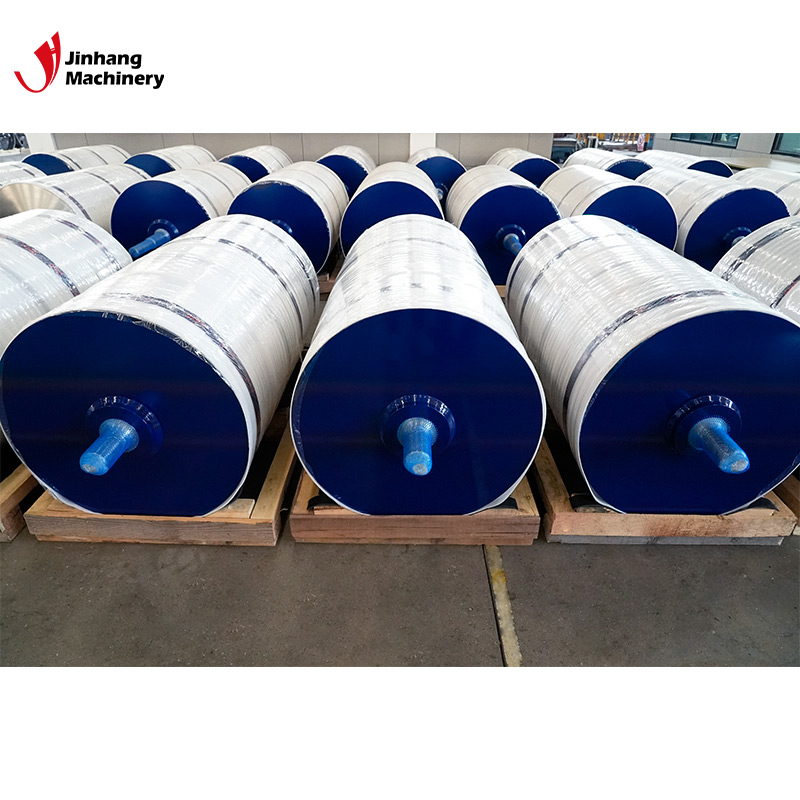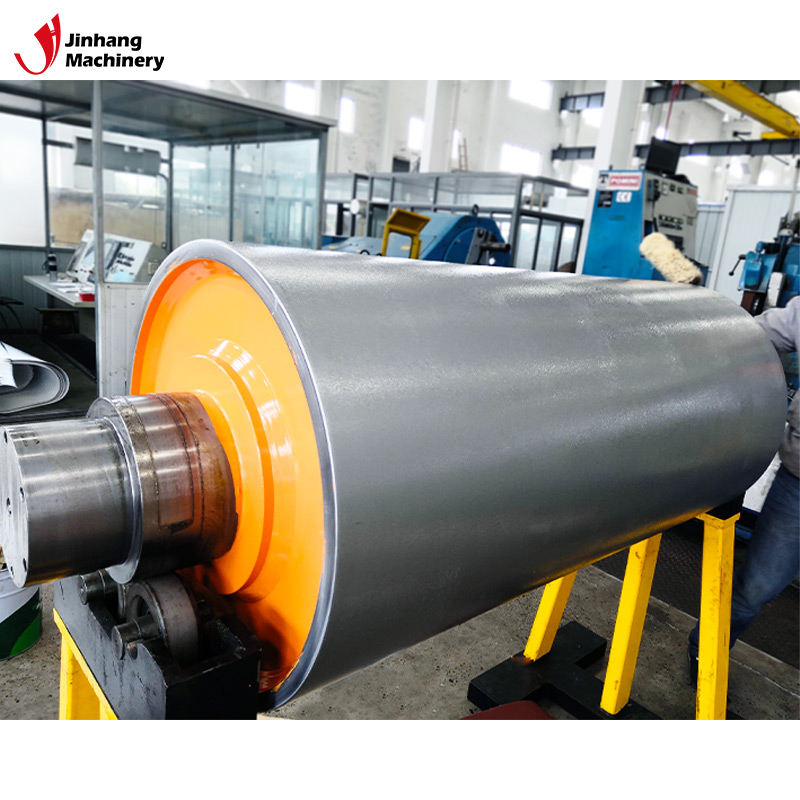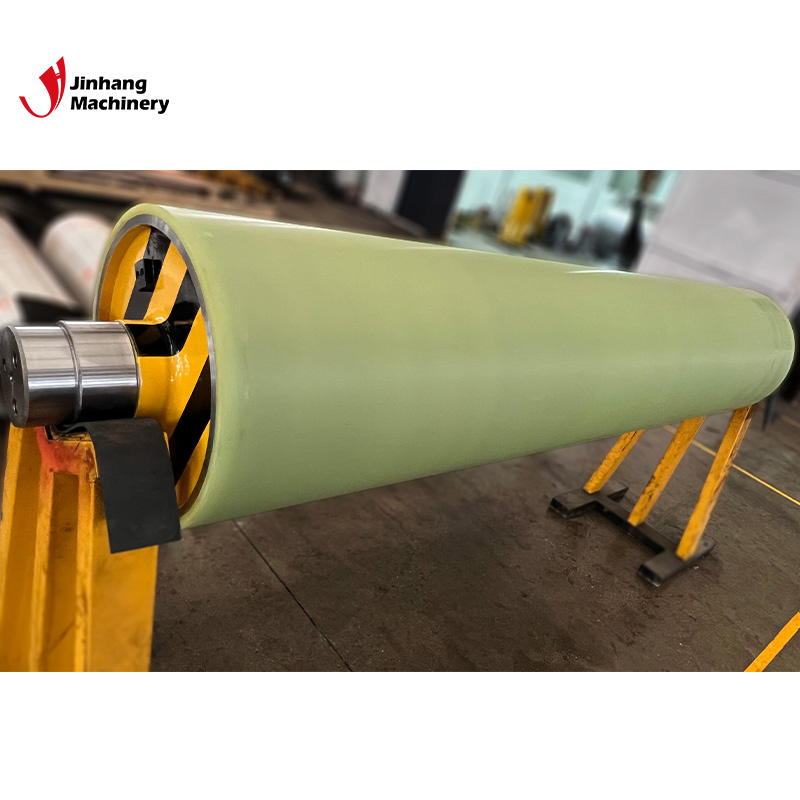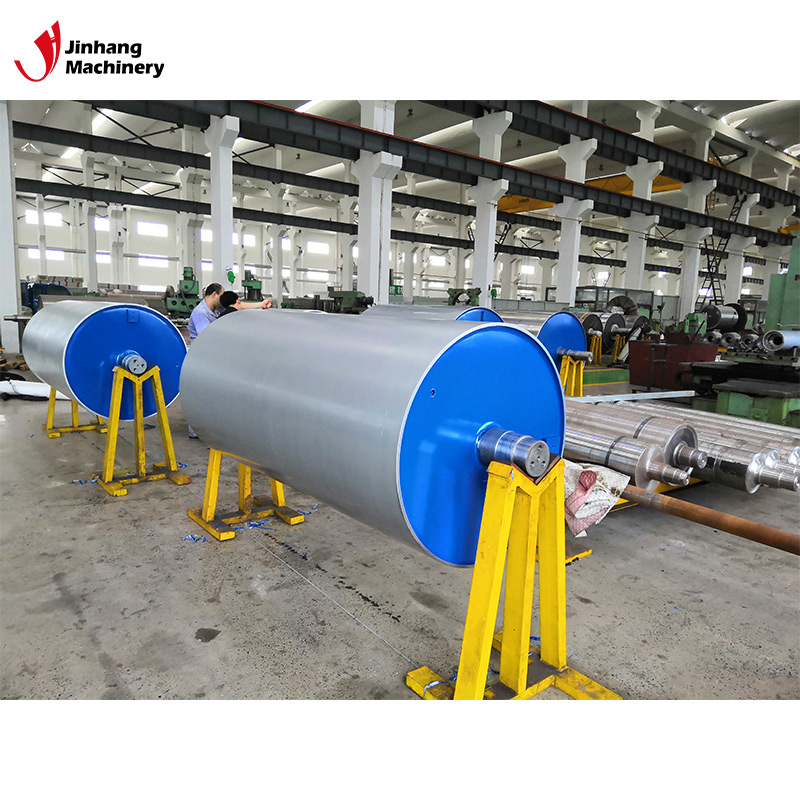What is the hardness of rubber rollers?
In modern industrial production, rubber rollers are widely used in various fields such as printing, textiles, papermaking, and plastic processing. As a key component, the hardness of rubber rollers directly affects its performance in the production process and the quality of the final product. The hardness of rubber rollers is usually measured by Shore A durometer, and the hardness ranges from 30 to 85 Shore A. However, depending on the needs of the specific application, the hardness of rubber rollers can be as low as 15 Shore A or as high as 90 Shore A or above.
This article will explore the definition, measurement method, influencing factors, and selection basis of rubber roller hardness in different industrial applications.

What is rubber roller hardness?
The hardness of a rubber roller refers to the ability of a rubber material to resist deformation when pressure is applied. It is usually measured by a Shore A durometer. The higher the Shore A hardness value, the harder the rubber material. Conversely, the lower the Shore A hardness value, the softer the rubber material. Hardness directly affects the performance of rubber rollers, such as wear resistance, elasticity, resilience, and its performance under high loads.
What is the measurement method for rubber roller hardness?
The measurement of rubber roller hardness is mainly carried out by Shore durometer. During the measurement, the probe of the durometer is pressed into the rubber surface with a certain pressure, and the measured hardness value reflects the rubber material's ability to resist deformation. The Shore A durometer is suitable for rubber materials of medium hardness, while for softer or harder materials, the Shore O durometer or the Shore D durometer can be used. Usually, the hardness measurement of rubber rollers needs to be carried out under standard conditions to ensure the accuracy and repeatability of the measurement results.
What is the basis for selecting the hardness of rubber rollers?
The hardness selection of rubber rollers depends on their application environment and functional requirements. Different industrial applications have different hardness requirements for rubber rollers, which are mainly affected by the following factors:
Types and characteristics of processed materials
The physical properties of different materials require rubber rollers to have corresponding hardness. For example, in the printing industry, soft foam rubber rollers (15 Shore A) can effectively adapt to the uneven parts of the paper surface, thereby improving printing quality. In sheet metal processing, rubber rollers with higher hardness (usually above 85 Shore A) can withstand higher pressure and friction, ensuring a smooth and unmarked sheet surface.
Processing process requirements
Different processing processes have different requirements for the hardness of rubber rollers. For example, in the extrusion molding process of plastic film, harder rubber rollers can provide sufficient pressing force to ensure uniform film thickness. In the papermaking industry, softer rubber rollers help provide uniform pressure during paper calendering to avoid indentations on the paper surface.
Operating environment temperature and pressure
The working environment of the rubber roller is also one of the key factors that determine its hardness. In a high temperature environment, the rubber material may soften, resulting in a decrease in hardness. Therefore, a rubber roller with higher hardness is usually required in a high temperature process. In a low temperature environment, a harder rubber material may become brittle and reduce its durability. Therefore, a softer rubber roller usually performs better in a low temperature process.

What is the hardness selection of rubber rollers in different industrial applications?
Printing industry
The printing industry has very diverse requirements for the hardness of rubber rollers. In different printing methods such as offset printing, gravure printing and flexographic printing, the hardness of the rubber roller directly affects the printing effect and equipment performance.
● Offset rubber roller: The rubber roller in offset printing usually requires a higher hardness (60 to 80 Shore A) to ensure that the ink is evenly distributed on the roller surface and accurately transferred to the printing plate. At the same time, a rubber roller with higher hardness can reduce deformation caused by printing pressure, thereby improving printing accuracy.
● Flexographic rubber roller: In flexographic printing, the hardness of the rubber roller has a wide range, usually between 30 and 60 Shore A. Softer rubber rollers help improve printing flexibility and adapt to substrates of different materials, especially when dealing with thin and soft printing materials, lower hardness helps avoid material damage.
● Gravure rubber roller: The gravure process usually uses a rubber roller with higher hardness (70 to 85 Shore A) to ensure surface stability and accurate pattern transfer capabilities under high pressure conditions.
Papermaking industry
In the papermaking industry, the hardness of the rubber roller has a direct impact on the flatness and smoothness of the paper.
● Calendering rollers: Calendering rollers used in the papermaking process usually have a hardness between 40 and 70 Shore A. Softer calendering rollers help provide uniform pressure to ensure a smooth and indented surface. Harder calendering rollers are used to improve the gloss and thickness uniformity of the paper.
● Gluing rollers: In the sizing process, rubber rollers with a hardness of 50 to 65 Shore A can ensure uniform sizing and improve the water resistance and strength of the paper.
Plastics processing industry
In the plastics processing industry, the hardness selection of rubber rollers affects the molding and surface quality of the material.
● Extrusion rollers: In the plastic film extrusion process, rubber rollers with a hardness between 60 and 85 Shore A are usually used to provide sufficient pressure to make the film thickness uniform and improve the surface finish.
● Laminating rollers: The hardness of rubber rollers used in the laminating process is usually between 50 and 70 Shore A. Softer rubber rollers help improve the fit between the film and the substrate and ensure uniform lamination.
Metalworking Industry
The metalworking industry requires rubber rollers to maintain stable performance under high pressure and high friction conditions.
● Roller: The hardness of the rollers used in metal sheet processing is usually above 70 to 85 Shore A. High-hardness rubber rollers can withstand the high pressure of metal materials and ensure that the surface of the sheet is smooth and without marks.
● Coating roller: In the coating process, rubber rollers with a hardness of 60 to 75 Shore A can ensure uniform coating and improve the adhesion and surface quality of the coating.
Textile Industry
In the textile industry, rubber rollers are mainly used in textile processing, coating and calendering processes.
● Embossing roller: In the textile embossing process, a rubber roller with a hardness of 50 to 70 Shore A can provide a moderate amount of pressure to form a clear pattern on the textile surface.
● Dyeing roller: In the dyeing process, a rubber roller with a hardness of 40 to 60 Shore A can ensure uniform distribution of dyes and improve the stability and consistency of the dyeing effect.

Rubber Roller Hardness Vs. Thickness: What is the relationship between them?
The thickness of the rubber roller is also one of the important factors affecting hardness. Generally, the thickness of the rubber roller is between 10 and 35 mm, but the specific thickness depends on the application requirements and equipment specifications. A thicker rubber layer can provide better cushioning and wear resistance, but may reduce hardness; a thinner rubber layer can improve hardness and precision, but has lower resistance to external impact. Therefore, when selecting a rubber roller, it is necessary to comprehensively consider the balance between hardness and thickness to ensure that the roller achieves the best performance in actual application.
Effect of thickness on hardness
The thicker the rubber roller, the more obvious the deformation of its surface under the same pressure, which is usually manifested as a decrease in hardness. Therefore, in high-load applications, rubber rollers with moderate thickness and high hardness are usually selected to ensure good performance under high pressure conditions.
Application scenario requirements for thickness
Different application scenarios have different requirements for the thickness of rubber rollers. For example, in high-precision printing, a thinner rubber layer is usually selected to improve hardness and precision; while in metal processing that requires high wear resistance, a thicker rubber layer is usually selected to provide better cushioning and wear resistance.

Customized Industrial Rolls at Wholesale Prices – JH Machinery
JH Machinery is a leading supplier of customized industrial rolls. We produce high-quality rolls for various industries, including metallurgy, mining, packaging, and automotive testing. Our factory is equipped with advanced machinery that allows us to produce rolls in a wide variety of shapes and materials, including polyurethane, rubber, and tungsten carbide-coated rolls. Whether you need customized rolls or bulk purchases, we offer affordable prices, special promotions, and the best value for your investment. Contact us for pricing and to get your quote today.
